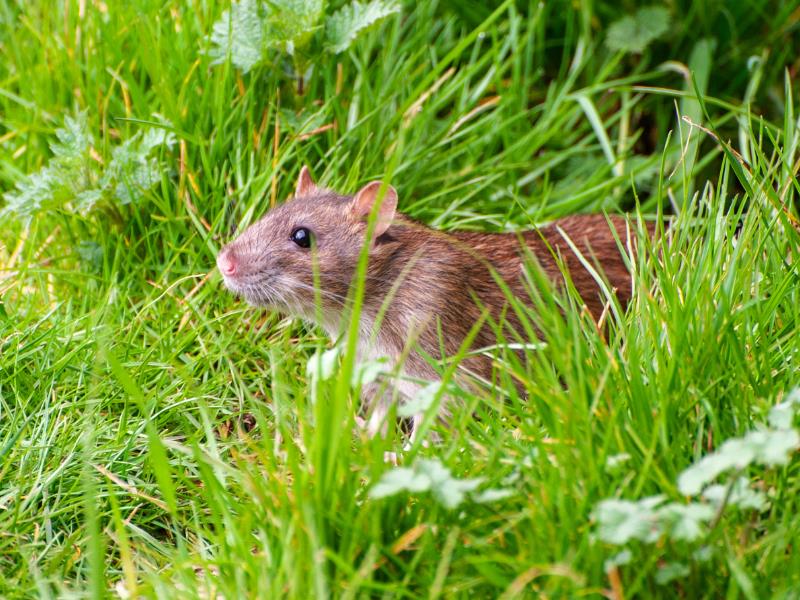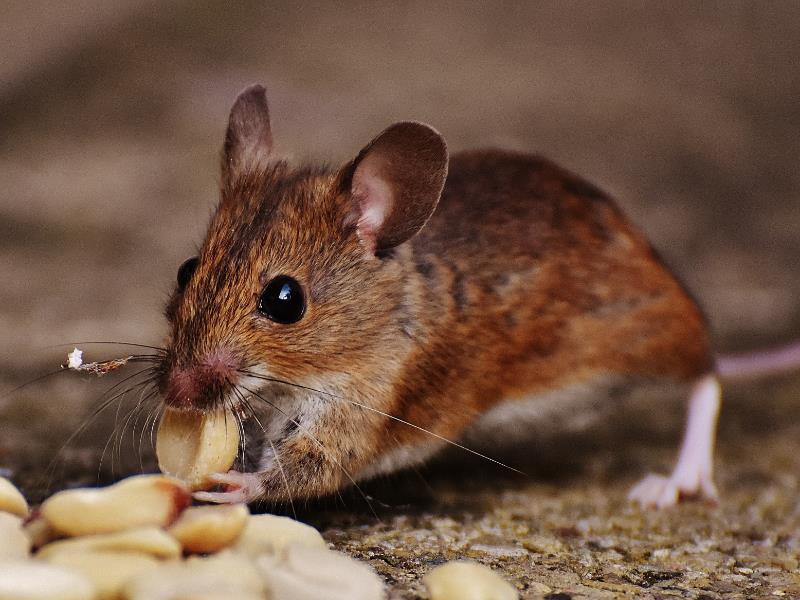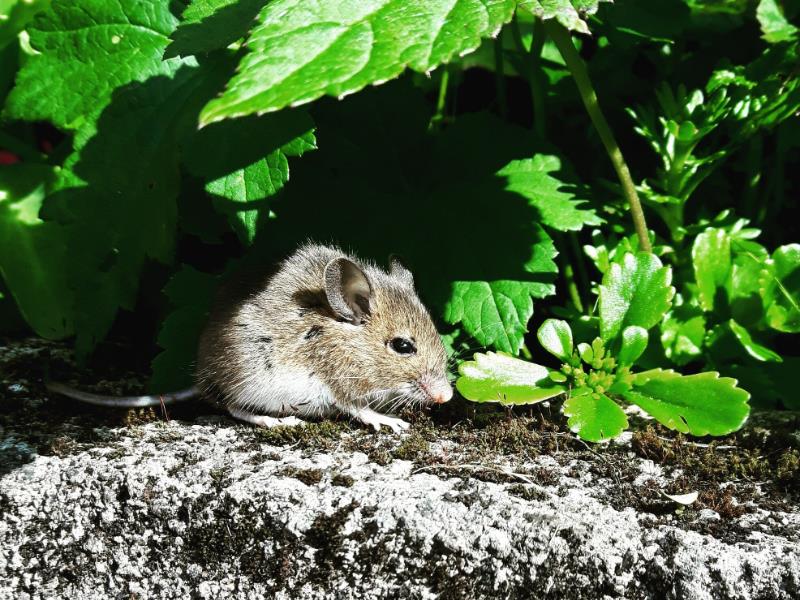What Is A Rat?
Rats are part of the order Rodentia and can be found in many of the order’s families and genera. Unlike some other pests that have thousands upon thousands of species scattered across the planet, such as bees and ants, there are only 56 species of rat that have been discovered across the entire planet. As is typical of pests, the only continent on the planet entirely devoid of rats is Antarctica, though their presence in many of the world’s continents is only due to human introduction. Of the 56 species of rat found around the world, 8 of them can be found here in Australia, of which 6 species are native to our country, while 2 of them are introduced species.
What Do They Look Like?
Distinguishing rats from mice, which are also members of the order Rodentia, typically relies on the size of the subject, with rats being the larger of the two. The rats head is pointed, with two prominent ears perched at the top of the head, which provide the pest with excellent hearing. At the front of the head lay a pair of large eyes used to navigate a wide range of environments, including bright areas exposed to sunlight, as well as dark, enclosed spaces hidden inside of and underneath homes, forests, and other structures, with a preference toward the latter environment.

A rat moving through a grassy field
Rats have four legs, which are of a moderate length. These legs terminate in feet that are tipped with claws that are both long and sharp, and the hind feet will have fleshy pads on their bald soles that will vary in size depending on the species of the rat.
The size of a rat will vary on the species, with the average Norway Rat measuring roughly 23cm from the tip of their nose to the base of their tail, while the much larger Southern Giant Slender-Tailed Cloud Rat can have a head-body length exceeding 48cm with an additional 20-33cm worth of tail.
A rat’s tail is an organ of much interest to modern science, and centuries of research would suggest that it has three primary functions: providing thermoregulation, a minor sense of proprioception, and a defence mechanism referred to as degloving.
There are 16 teeth in a rat’s mouth, the most prominent of which are the front two incisors, which do not stop growing. The only way for the rat to manage the size of their two incisors is to gnaw on various objects, and without this respite, the teeth may grow up into the roof of the mouth or across the front of the nose, making eating difficult.

A rat eating nuts
When Are They Most Active?
Rat infestations are constant, and there is no single time of the year in which rats are particularly active as compared to another. However, there can be varying factors that lead to a significant increase in activity, which are generally linked to the food supply of the rats. For instance, there are various ‘rat floods’ across certain areas of South East Asia once every 50 years when a species of bamboo flowers all at once across a wide area. The extra food available will cause rats to multiply in large numbers, and once the bamboo seeds have been eaten, they will seek any nearby source of seeds or grain, which are typically human settlements. As a result, there have been periods of time defined by famines caused by rats being significantly more active than usual, despite the fact that rats are not especially seasonal.
How Do They Form New Nests?
While many rats are native to their particular environment, the majority of rats found on Earth today are referred to as ‘commensals’, as they tend to live near and benefit from human colonies without directly causing those colonies either harm or benefit. These rats will utilise the human population as a source of both food and water via the runoff they produce, though they are also capable of hunting and scavenging for their own supplies.
What Risk Do They Pose?
Unfortunately, rats can carry quite a few zoonotic diseases, all of which will provide a serious health risk to anyone who comes into contact with them. Notably, the Black Death was thought for centuries to have been carried extensively by rats across the entirety of Europe, and though modern evidence would suggest that the spread of the disease could not be entirely contributed to the vermin, it cannot entirely dispute the claim that rats played a significant part in the plague’s spread.
Rats also pose a risk to your home if they decide to build a nest within it, as they will chew through anything to make their nest a suitable size. This can mean you might find your electrical cabling damaged, or it can result in your home’s structure requiring maintenance due to damage.
Is There Anywhere In Particular They’re A Bigger Threat?
Due to their endemic nature and their traits as the hosts of disease and famine, rats are a threat almost anywhere they can be found. In Australia, however, many of the rats native to the country are considered to be endangered and live away from urban centres, so the largest threat is present in heavily populated areas that must battle the two introduced species, the Ship Rat and the Sewer Rat.











